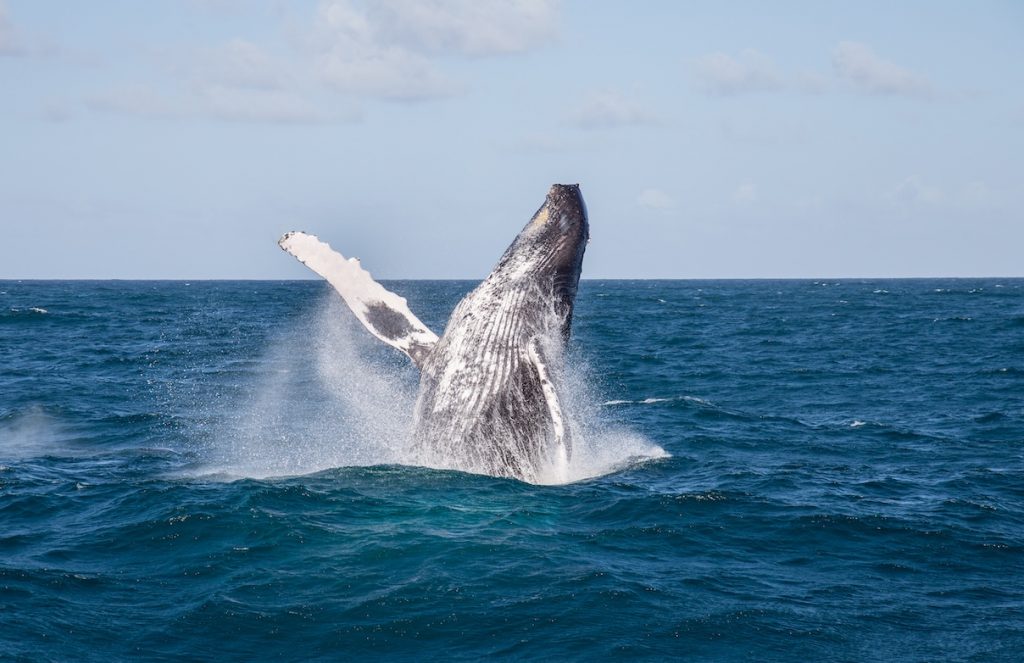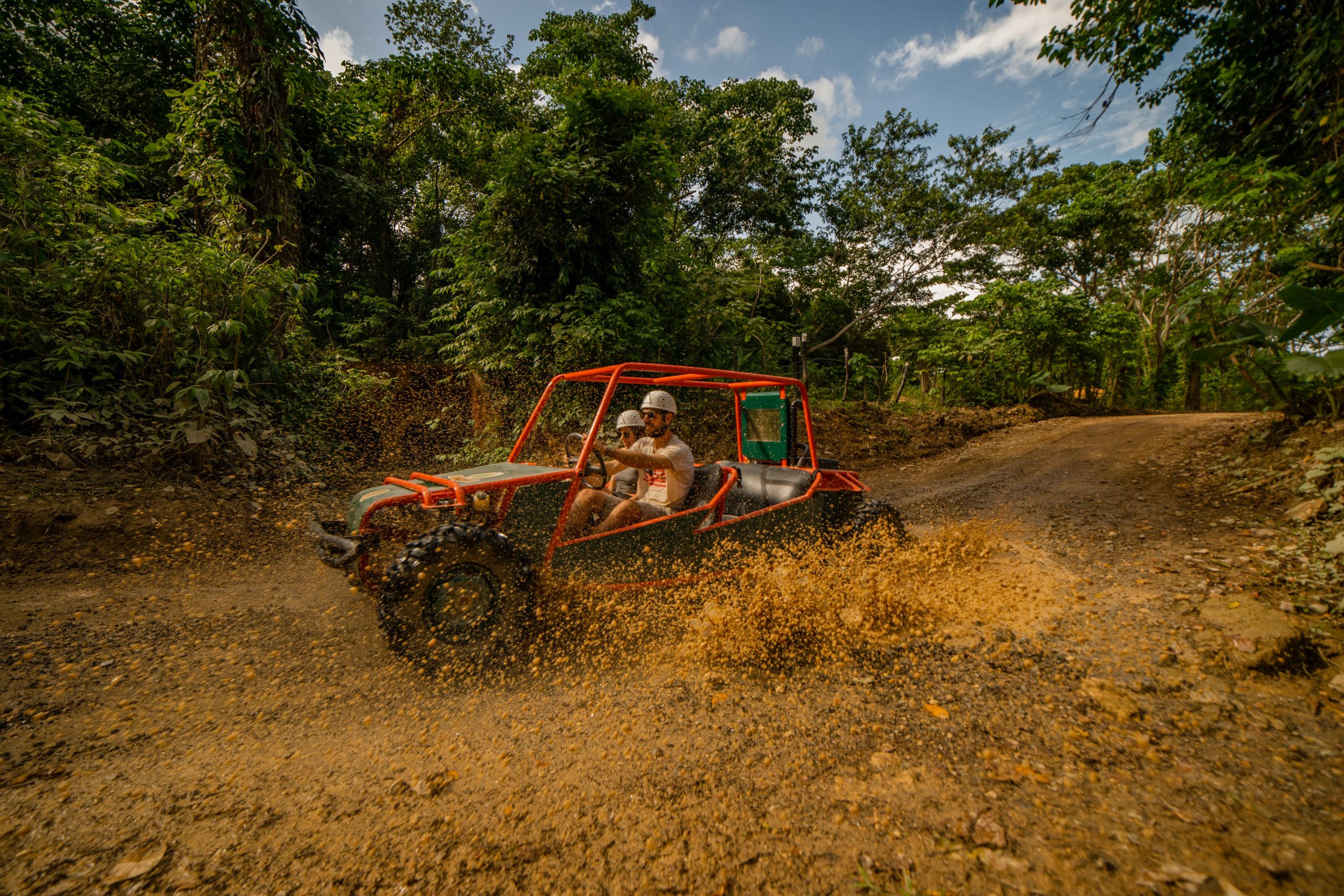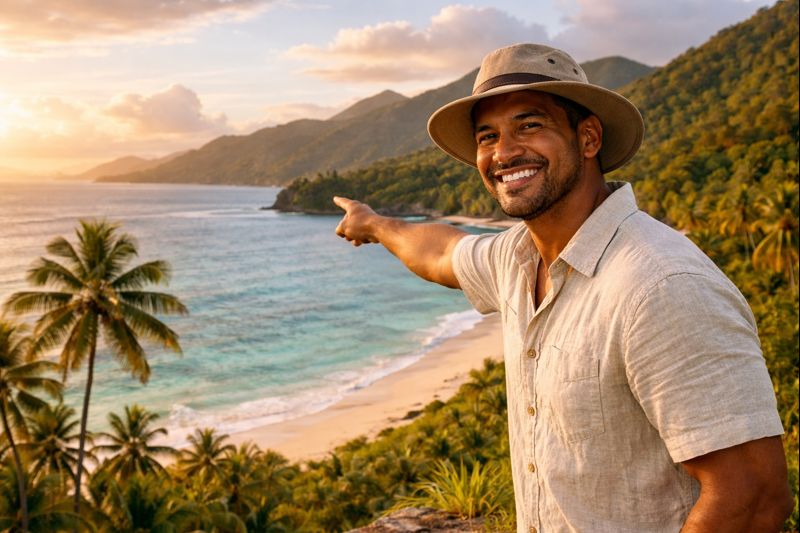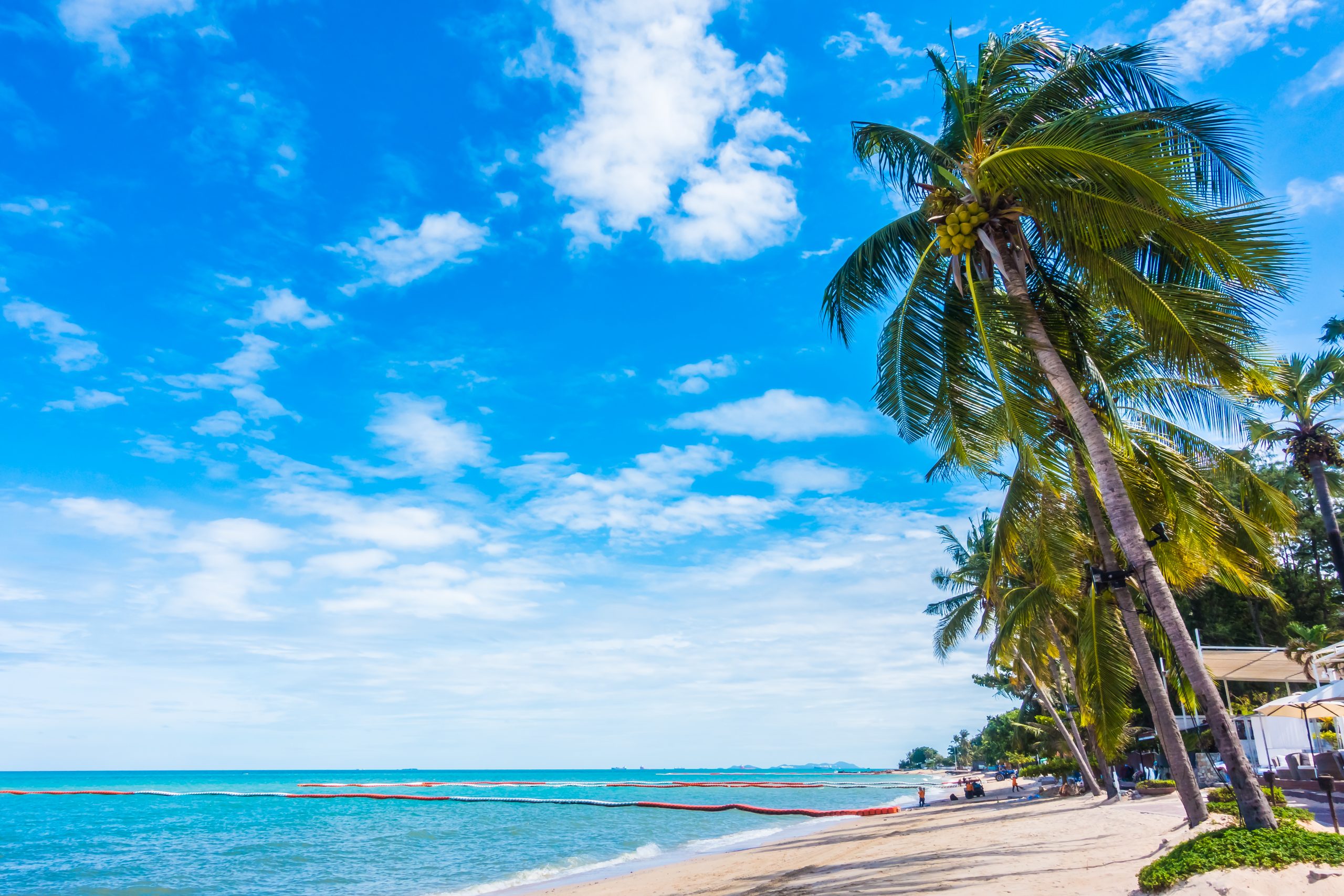
Whale watching in the Dominican Republic is one of the most awe-inspiring experiences you can have in the Caribbean. Every year, hundreds of humpback whales migrate from the cold waters of the North Atlantic to the warm Dominican bays to mate and give birth. Witnessing this natural spectacle is a once-in-a-lifetime opportunity to connect with nature, feel its power, and understand the importance of ocean conservation.
In this guide, you’ll find everything you need to know — when and where to see them, how tours work, how much they cost, and how to enjoy this experience responsibly. You’ll also discover practical tips for planning your visit, choosing the best tour operator, and making the most of one of the most fascinating natural events the Dominican Republic has to offer.
Why and when to see whales in the Dominican Republic
During the Northern Hemisphere’s winter, from mid-January to late March, the tropical waters of the Dominican Republic become the stage for one of the Caribbean’s greatest natural events: the arrival of the humpback whales. These marine giants travel thousands of kilometers to breed and care for their calves in a safe, warm environment.
The Samaná Marine Mammal Sanctuary is the main whale-watching site in the country. Protected by the Ministry of Environment, this sanctuary ensures habitat preservation and respect for the whales. Visitors can watch them breach, slap their fins, and hear their haunting songs in their natural habitat — an experience that combines emotion, wonder, and respect for marine life.
Seeing whales in the Dominican Republic is not only a breathtaking sight but also a form of responsible tourism that raises environmental awareness and supports local communities dedicated to their protection.
How does a whale-watching tour work?
The most comfortable and safest way to enjoy whale watching in the Dominican Republic is through an organized tour. Most excursions depart from Samaná Bay, considered the heart of the sanctuary.
Typical tour itinerary
- Departure from Samaná: boats usually leave in the morning from the main port. The tour lasts between two and three hours, depending on sea conditions and whale activity.
- Whale watching in the sanctuary: once in the authorized zone, boats stop at a safe distance to observe the whales’ jumps and fin slaps. Expert guides explain their behavior and the conservation measures in place.
- Visit to Cayo Levantado (Bacardí Island): many tours include a stop at this small paradise island to enjoy lunch, swim, or relax on the beach before heading back.
- Return to port: in the afternoon, boats return to the starting point, ending an unforgettable day surrounded by nature and adventure.
Whale watching from Punta Cana
If you’re staying in Punta Cana, you can also take part in this excursion. There are full-day tours that include ground transportation to Samaná (about a 3-hour drive each way) and the boat trip for whale watching. Although it’s a long journey, the experience is absolutely worth it.
Key tips for a successful and responsible whale-watching experience

Enjoying whale watching in the Dominican Republic requires respect for the animals and proper preparation to ensure a safe, responsible, and deeply enriching experience. It’s not just about spotting these ocean giants — it’s about understanding their role in the ecosystem and building a genuine connection with nature. With the right attitude, every breach and every song becomes an unforgettable memory that inspires us to protect our oceans.
- Choose certified operators: make sure to book tours approved by the Ministry of Environment. These operators follow strict regulations that limit the number of boats and enforce minimum distances from the animals.
- Keep a safe distance: whales must be observed without disturbing their natural behavior. Boats cannot approach closer than 50 meters, and engines must remain in neutral during observation.
- What to pack: bring comfortable clothing, biodegradable sunscreen, a hat, a camera with a good zoom, and if you’re prone to seasickness, take a motion-sickness pill before boarding. A light jacket is also recommended since sea winds can be cool.
- Have realistic expectations: while sightings are very likely during the season, remember that these are wild animals, and their behavior can’t be guaranteed. Each encounter is unique — and that’s what makes it truly special.
Frequently asked questions about whale watching in the Dominican Republic
- Can I see whales from the shore? No. The whales stay offshore, so it’s nearly impossible to see them without joining a boat tour.
- Can you swim with the whales? Absolutely not. Swimming with them is strictly prohibited, as it can disturb their behavior and endanger both the animals and humans.
- Is it a safe activity? Yes. As long as you go with responsible operators and in suitable weather conditions, the tour is completely safe for both adults and children.
- How much does a whale-watching tour cost? Prices vary depending on the operator, but on average range between USD 60 and 100 per person, including transportation, guide, and sometimes lunch.
Experiencing whale watching in the Dominican Republic goes far beyond tourism — it’s a chance to witness the power of nature at its finest. If your trip coincides with the season, don’t miss this opportunity to see these ocean giants and be amazed by one of the planet’s most extraordinary spectacles.

























